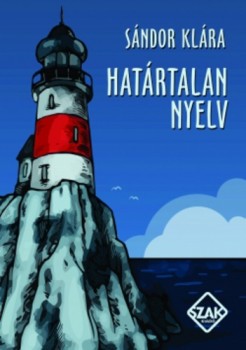Mobilizing Others : Grammar and Lexis Within Larger Activities
Requesting, recruitment, and other ways of mobilizing others to act have garnered much interest in Conversation Analysis and Interactional Linguistics. This volume takes a holistic perspective on the practices that we use to get others to act either with us, or for us. It argues for a more explicit focus on ‘activity’in unpacking the linguistic and embodied choices we make in designing mobilizing moves.






